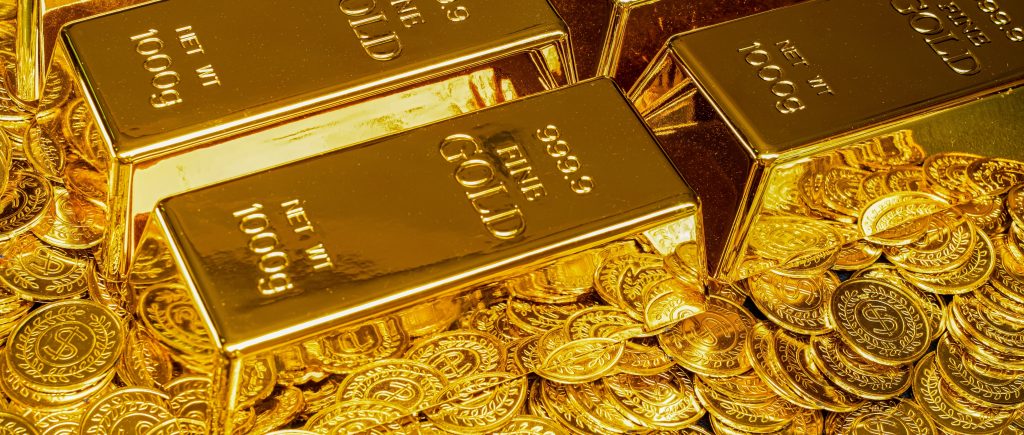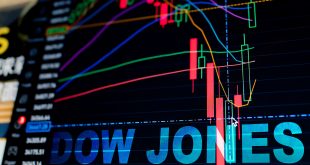Gold prices soared above the $4,000 per ounce mark on Thursday, October 30, 2025, extending their remarkable rally after the Federal Reserve delivered a 25-basis-point rate cut to a target range of 3.75%–4.00% — its second reduction this year. Spot gold (XAU/USD) was last seen around $4,004.75, up nearly 2% on the day, supported by a softer U.S. dollar and renewed safe-haven demand.
The surge came on the heels of major global developments, including a new trade truce between the United States and China. The one-year deal includes partial tariff rollbacks, improved access for agricultural exports, and calmer rhetoric on rare-earth supplies. The easing of tensions between the world’s two largest economies helped restore confidence in global markets while simultaneously reinforcing gold’s position as a hedge against policy and currency volatility.
At his press conference, the Fed Chair said that while the rate cut signaled continued support for growth, “a further reduction in December is far from assured.” Policymakers remain cautious as inflation stays above target and the labor market, though resilient, shows signs of cooling. Lower interest rates tend to make non-yielding assets like gold more attractive, while a weaker dollar increases global purchasing power for investors holding other currencies.
Beyond short-term catalysts, gold’s sustained climb highlights deeper macroeconomic trends. The metal has gained more than 52% since January and over 44% year-on-year, driven by concerns over fiscal deficits, high debt levels, and slowing global growth. Central banks have played a key role in this momentum — particularly in Asia, where China’s central bank has steadily expanded its gold reserves, reflecting a long-term strategy to diversify holdings and reduce reliance on the U.S. dollar.
Physical demand has also strengthened in major markets such as China, India, and the Gulf region, where consumers traditionally increase purchases ahead of year-end festivals and weddings. Meanwhile, gold-backed exchange-traded funds continue to attract inflows as investors hedge against market swings and inflation uncertainty.
Analysts note that gold’s ability to regain the $4,000 level underscores its dual role — both as a refuge in times of turbulence and as a strategic investment when real yields are under pressure. With central banks globally moving toward more accommodative policies and geopolitical risks lingering, the metal’s outlook remains constructive heading into the final quarter of 2025.
As the global economy navigates the balance between easing inflation and moderating growth, gold’s strength serves as a reminder that in uncertain times, traditional stores of value continue to command trust. Whether the rally extends will depend on how policymakers and markets digest the twin forces of monetary adjustment and geopolitical compromise — with China once again playing a pivotal role in both arenas.
 Noor Trends News, Technical Analysis, Educational Tools and Recommendations
Noor Trends News, Technical Analysis, Educational Tools and Recommendations





